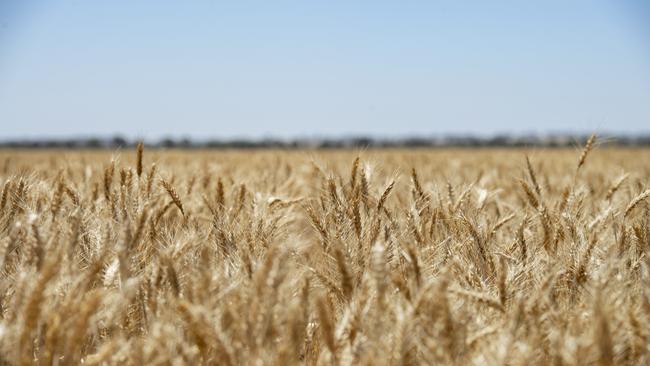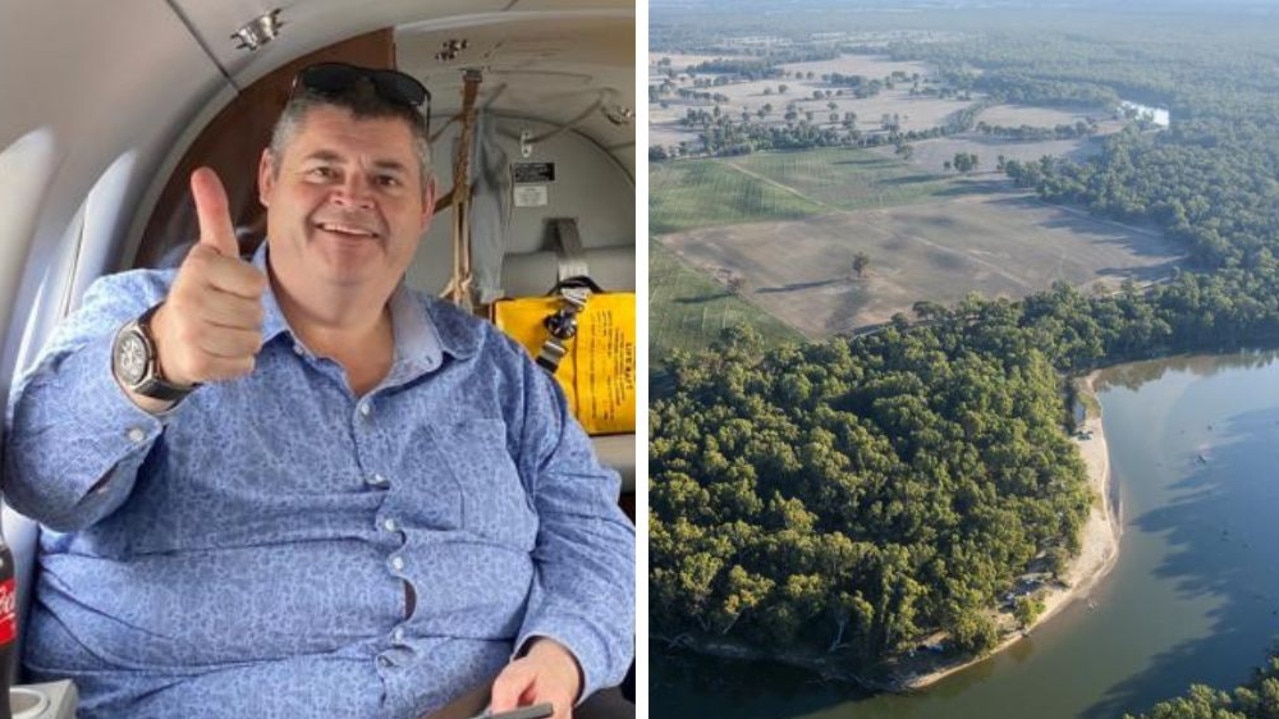Bumper crop predicted to be Australia’s third most valuable on record
The looming El Nino weather patterns will bring drier conditions but the Australian Bureau of Agricultural and Resource Economics and Sciences tips a bumper harvest.

Despite the looming El Nino bringing drier conditions to most of the continent, Australian farmers are expected to produce the third-most-valuable crop on record this financial year.
Winter crop production is likely to be below the 10-year average but high water storage volumes left over by three consecutive good wet seasons are likely to provide farmers with a bumper summer crop, according to the Australian Bureau of Agricultural and Resource Economics and Sciences.
The forecast $80bn value of agricultural crops and commodities is down 14 per cent on last year’s $92bn record yield, which coincided with high prices and above-average rainfall in eastern Australia’s cropping regions.
Predictions of the third-most-valuable crop on record come as sheep and cattle values decrease and global commodity prices fall.
Agricultural export values, which last year reached a record $78bn, are expected to be down $13bn because of lower global crop prices.
“As we come out of a higher-rainfall La Nina period and move into a drier El Nino climate, it is expected that below-average rainfall and warmer temperatures will reduce Australian crop yields and production from the previous year’s record highs,” ABARES executive director Jared Greenville said.
“National winter crop production is expected to be around 45.2 million tonnes, slightly below the 10-year average. Drier conditions are so far having the greatest impact on northern cropping areas, with prospects for the southern cropping regions holding up after better than expected winter rainfall.
“It is also expected that summer crop plantings will fall from last year but remain above average, due to lower rainfall forecast for spring and summer being buffered by high levels of water storages,” ABARES says.
The predicted crop value of $46bn is slightly higher than the $44bn ABARES forecast in its previous outlook, but still down about $11bn on last year.
About half the decrease in value will come from wheat, which is expected to be $6.2bn less this year.
But horticulture production is likely to be higher because of improved growing conditions and plentiful water storage.
Livestock prices, which have fallen from record highs, are expected to continue to drop as drier weather results in less pasture availability, forcing farmers to sell their sheep and cattle.
It is likely to underpin a 14 per cent increase in beef and veal production and a 6 per cent increase in sheep meat.
“Drier conditions will also mean livestock producers will need to send more animals to slaughter,” Dr Greenville said.
“As supply increases, saleyard prices for cattle and sheep are expected to fall.”








To join the conversation, please log in. Don't have an account? Register
Join the conversation, you are commenting as Logout